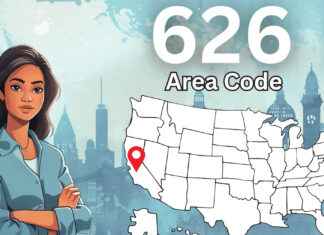Whether it’s a motto week, graduation ceremony or prom: Even years after graduation, young people look back with joy on their last school year. But for the students in the last two final years, everything changes with the outbreak of the corona pandemic in spring 2020.
The general life satisfaction of German high school graduates fell at an above-average rate during the corona-related lockdowns in the pandemic years 2020 and 2021. As a study by the Institute for Labor Market and Occupational Research (IAB) and the University of Bamberg shows, the well-being of the relevant graduating classes fell by half a point on a scale from zero to ten during this period, which is a significantly greater decline than the average population is equivalent to.
According to the researchers, this slump is “atypical for young people”. “It corresponds, for example, to the drastic decline in life satisfaction in war zones,” explained Alexander Patzina from the University of Bamberg.
After the first school closures in March 2020, the mental health of the 2020 and 2021 Abitur cohorts did not show a negative trend in the short term. However, their life satisfaction and mental health then fell sharply between the first and second lockdown in winter 2020/2021. During this period, the risk of anxiety and depression in the 2021 school-leaving class in particular rose sharply, and life satisfaction fell somewhat more sharply.
Only after leaving school did the well-being of the high school graduates improve again, and the differences between the two Corona cohorts examined disappeared. However, both Abitur cohorts did not return to their pre-pandemic levels of mental health and life satisfaction by autumn 2021.
Due to the consequences for mental health, the researchers see an increased risk of prematurely dropping out of training or studies. These possible individual consequences would in turn have economic effects. According to the study, dropping out and changing education causes costs, for example for advice and for staying longer in the education system.
The analysis is based on IAB data from around 8,000 high school graduates in the period from autumn 2019 to autumn 2021. They attended 217 schools in eight federal states, including Bavaria and North Rhine-Westphalia.






